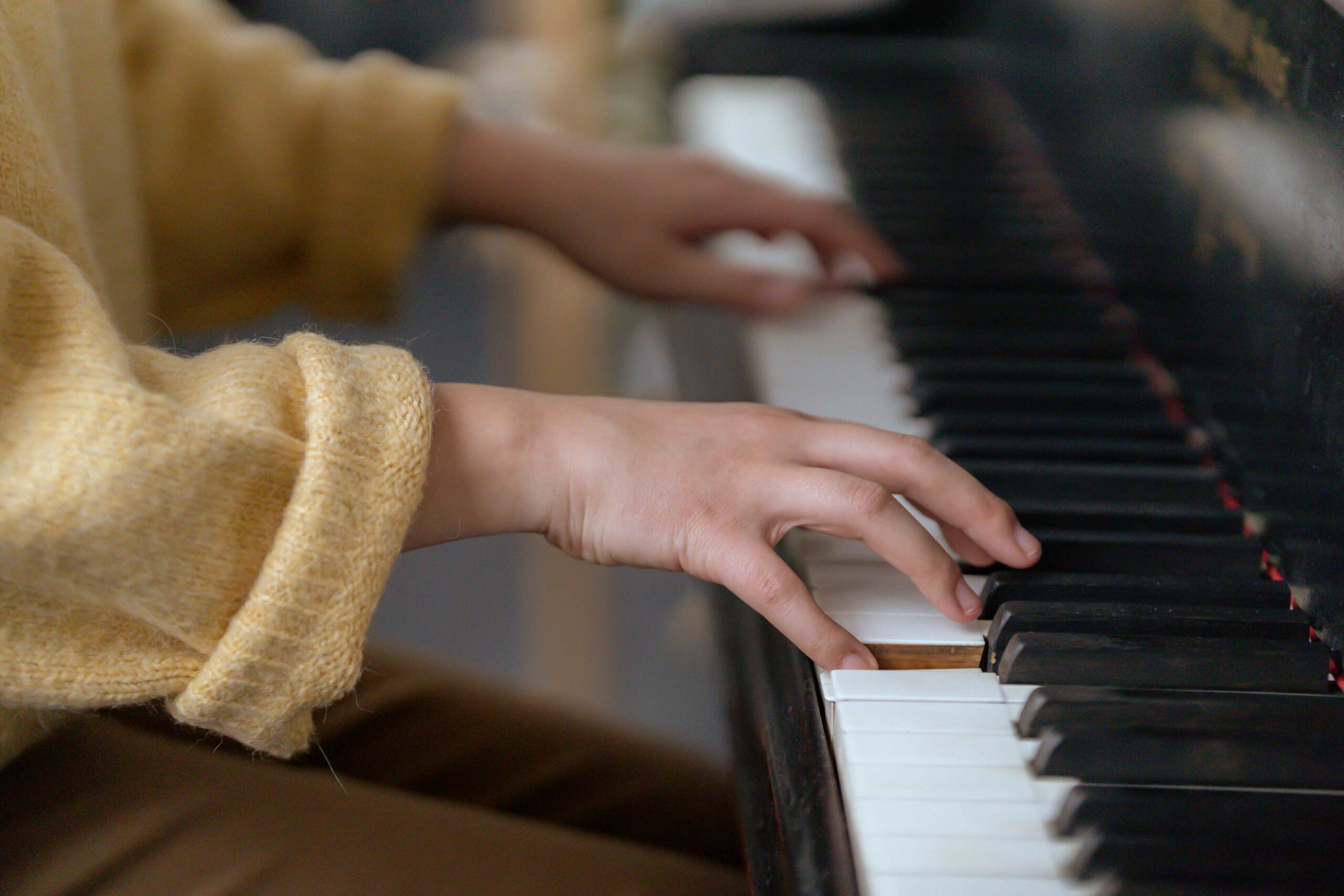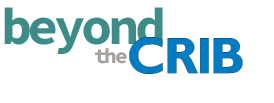What if we told you there was a way to assess your preschooler’s early literacy skills and all it took was a specially designed children’s book? Researchers at Cincinnati Children’s Hospital Medical Center recently developed this first of its kind screening tool which has the potential to identify reading difficulties as early as possible, target interventions and empower families to help their child at home. This is a total game-changer!
The study, which was published in the Journal of Pediatrics, looked at The Reading House (TRH) book-based assessment which is geared for ages three to five. TRH was developed by John Hutton, MD and his team at Cincinnati Children’s. 70 preschoolers participated by completing a standardized assessment and fifty-two of them subsequently completed MRI’s which measured the grey matter in their brains.
The screening takes five minutes and gauges performance levels for ages three to four and four to five. It addresses a significant gap in ways to efficiently and directly screen early literacy skills. The tool, which is intended to be fun for the child, could be used in primary care or preschool settings.
“While developmental screening is a mainstay of pediatric practice, there is no established standard to assess reading readiness and identify children at-risk early,” said Hutton, director of the Reading & Literacy Discovery Center at Cincinnati Children’s. “As a result, many children arrive at kindergarten unprepared to learn to read, especially from minority and economically impoverished backgrounds — estimated at over 50% of children from impoverished backgrounds in the U.S. and over 25% overall.”
The researchers found a connection between thickened grey matter and TRH scores. Hutton said, “We found significantly thicker gray matter cortex in the left-sided areas of the brain in children with higher TRH scores, which align with cortical thickness patterns found in older children and adults with higher reading skills.”
This specific area of the brain supports language and reading and has been associated with higher skills that can predict reading outcomes.
“This is an important neurobiological correlate of screened skills at this formative age, when the brain is growing rapidly,” noted Hutton.
Higher scores on TRH were also strongly related to higher vocabulary, rhyming and rapid naming scores, adding to validation evidence for the TRH measure.
Hutton continued, “By screening early during pediatric clinic visits, especially in practices serving disadvantaged families, we can hopefully target effective interventions that help children better prepare for kindergarten and improve reading outcomes––literally ‘shaping their brains to read.’”







